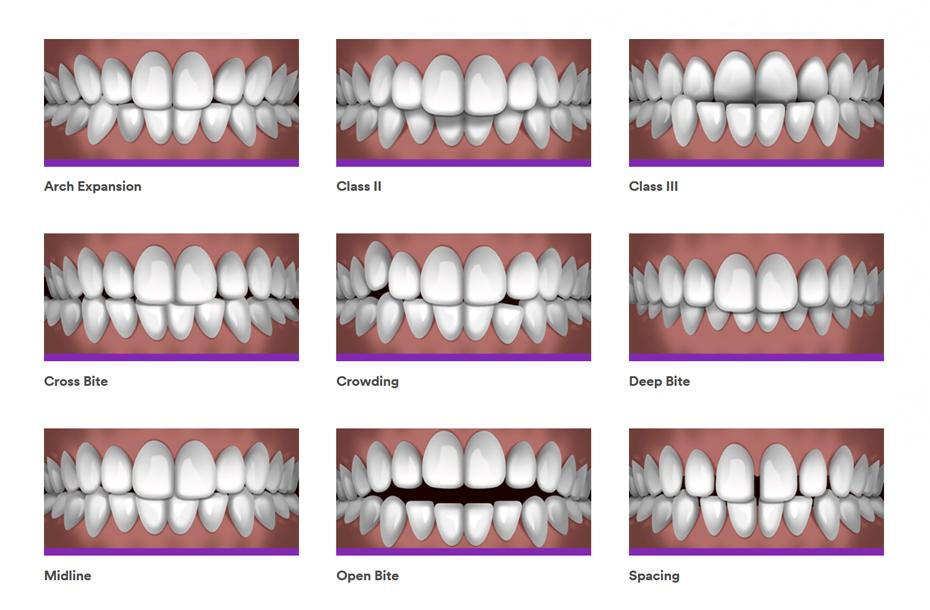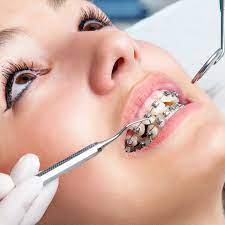The smart Trick of Causey Orthodontics That Nobody is Talking About
Table of ContentsThe smart Trick of Causey Orthodontics That Nobody is Talking AboutHow Causey Orthodontics can Save You Time, Stress, and Money.About Causey OrthodonticsCausey Orthodontics - An OverviewThe Only Guide to Causey Orthodontics
Ignoring occlusal connections, it was regular to eliminate teeth for a variety of oral problems, such as malalignment or congestion. The concept of an undamaged dentition was not extensively appreciated in those days, making bite correlations appear pointless. In the late 1800s, the concept of occlusion was essential for developing reputable prosthetic replacement teeth.As these principles of prosthetic occlusion advanced, it became an invaluable device for dentistry. It remained in 1890 that the work and influence of Dr. Edwards H. Angle began to be really felt, with his contribution to contemporary orthodontics particularly noteworthy. Concentrated on prosthodontics, he instructed in Pennsylvania and Minnesota before directing his attention towards dental occlusion and the therapies needed to maintain it as a typical problem, therefore coming to be known as the "daddy of contemporary orthodontics".

The idea of ideal occlusion, as proposed by Angle and integrated right into a classification system, enabled a change in the direction of treating malocclusion, which is any kind of variance from normal occlusion. Having a full set of teeth on both arches was highly sought after in orthodontic therapy due to the demand for exact relationships between them.
How Causey Orthodontics can Save You Time, Stress, and Money.
As occlusion became the key top priority, facial percentages and looks were neglected - orthodontist services. To accomplish excellent occlusals without utilizing exterior forces, Angle postulated that having excellent occlusion was the most effective method to obtain maximum facial aesthetics. With the passing of time, it ended up being rather evident that even an extraordinary occlusion was not ideal when considered from a visual perspective
It became evident that orthodontic therapy can adjust mandibular growth, leading to the development of useful jaw orthopedics in Europe and extraoral force procedures in the United States. These days, both functional appliances and extraoral tools are used around the globe with the objective of amending development patterns and types. As a result, pursuing real, or a minimum of enhanced, jaw connections had actually become the main purpose of therapy by the mid-20th century.
Causey Orthodontics Fundamentals Explained
 The American Journal of Orthodontics was developed for this purpose in 1915; before it, there were no scientific objectives to follow, neither any kind of specific classification system and braces that did not have functions. Till the mid-1970s, dental braces were made by wrapping steel around each tooth. With developments in adhesives, it came to be possible to instead bond metal braces to the teeth.
The American Journal of Orthodontics was developed for this purpose in 1915; before it, there were no scientific objectives to follow, neither any kind of specific classification system and braces that did not have functions. Till the mid-1970s, dental braces were made by wrapping steel around each tooth. With developments in adhesives, it came to be possible to instead bond metal braces to the teeth.This has had significant impacts on orthodontic treatments that are administered frequently, and these are: 1. Right interarchal partnerships 2. Correct crown angulation (tip) 3.
The advantage of the design lies in its brace and archwire combination, which needs only minimal wire flexing from the orthodontist or clinician (affordable orthodontist near me). It's aptly named hereafter function: the angle of the slot and density of the bracket base eventually identify where each tooth is located with little requirement for additional control
Some Known Factual Statements About Causey Orthodontics
Both of these systems utilized identical braces for each and every tooth and necessitated the bending of an archwire in three planes for situating teeth in their wanted positions, with these bends dictating utmost placements. When it comes to orthodontic devices, they are split into two types: detachable and taken care of. Removable appliances can be handled and off by the patient as needed.

Therefore, nearly all modern fixed devices can be considered variations on this edgewise home appliance system. Early 20th-century orthodontist Edward Angle made a significant contribution to the world of dental care. He produced four unique home appliance systems that have actually been made use of as the basis for lots of orthodontic treatments today, disallowing a couple of exceptions.
Some Ideas on Causey Orthodontics You Should Know

The wire ended in a string, and to move it ahead, a flexible nut was utilized, which permitted for an increase in circumference. By ligation, each private tooth was affixed to this expansive archwire (orthodontist expert). As a result of its limited array of activity, Angle was not able to accomplish specific tooth positioning with an E-arch
These tubes held a soldered pin, which could be rearranged at each visit in order to move them in position. Dubbed the "bone-growing appliance", this device was thought to motivate much healthier bone development due to its potential for moving pressure straight to the origins. Implementing it verified troublesome in reality.